Description
An “Engineering Activity Book” is a fun and educational resource designed to engage children or learners in exploring engineering concepts through interactive activities, puzzles, experiments, and challenges. These books often focus on introducing basic principles of engineering such as structures, forces, simple machines, circuits, programming, and materials in a hands-on and accessible way.
Here’s a breakdown of what an Engineering Activity Book might include:
### 1. **Hands-on Projects**
– **Building Models**: Activities that involve building small models using everyday materials like paper, cardboard, or plastic. Examples include building a bridge from popsicle sticks or creating a simple pulley system.
– **Mechanical Structures**: Instructions for creating gear systems, levers, pulleys, and other simple machines to demonstrate mechanical principles.
### 2. **Puzzles and Games**
– **Problem-solving Challenges**: Engaging puzzles that encourage critical thinking, such as designing a roller coaster or finding ways to move objects with minimal energy.
– **Pattern Recognition**: Activities that help with understanding structural patterns or the relationships between forces and objects.
### 3. **Experiments**
– **Exploring Forces**: Simple experiments to demonstrate the basics of forces like gravity, friction, or air resistance using household items (e.g., launching a rocket with baking soda and vinegar).
– **Electric Circuits**: Projects involving simple circuits, like lighting a bulb or making a buzzer sound using a basic battery, wire, and switch setup.
### 4. **Design Challenges**
– **Engineering Problems**: Activities that ask the reader to design a product or structure to solve a specific problem, like creating a device to keep an egg from breaking when dropped.
– **Blueprinting**: Encouraging learners to sketch their designs or plans as engineers do, often with a focus on precision and creativity.
### 5. **Introduction to Engineering Disciplines**
– **Different Types of Engineers**: Explaining the various fields of engineering such as civil, mechanical, electrical, aerospace, and environmental engineering.
– **Real-life Applications**: Examples of engineering problems solved in the real world, such as the construction of bridges, roads, or space exploration technologies.
### 6. **STEAM Integration**
– **Science and Technology**: A focus on the connection between engineering, science, and technology through activities that show how they are intertwined.
– **Arts and Math (STEAM)**: Creative challenges that incorporate artistic design along with mathematical problem-solving, fostering a more well-rounded approach to engineering.
### Target Audience
These books are often aimed at children aged 6-12 but can be adapted for older students or beginners interested in learning the basics of engineering in a fun and interactive way.
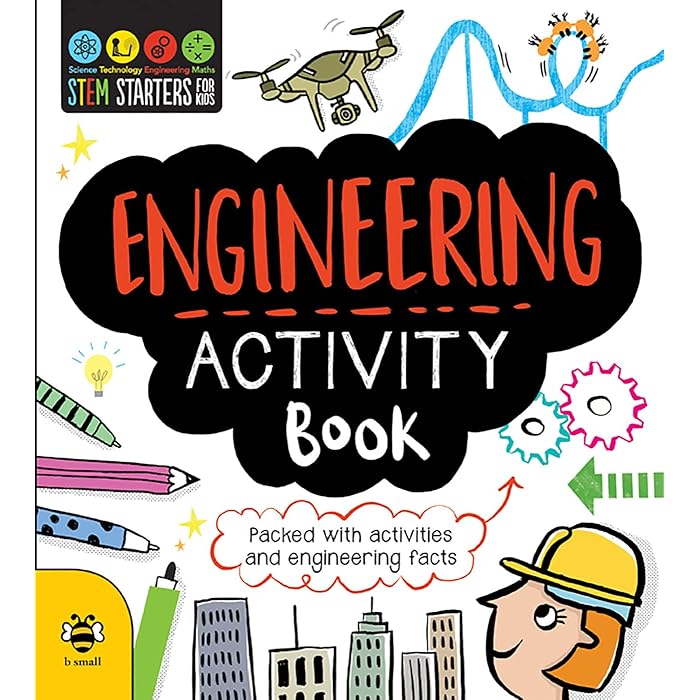
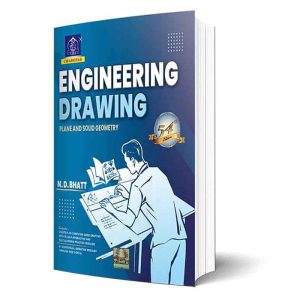
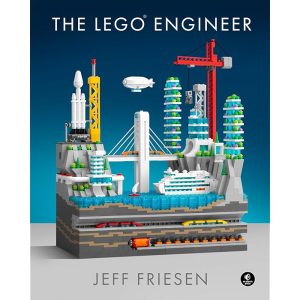
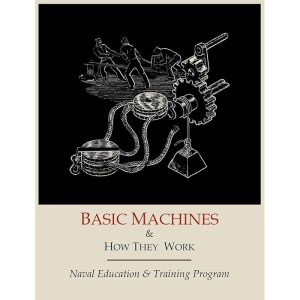
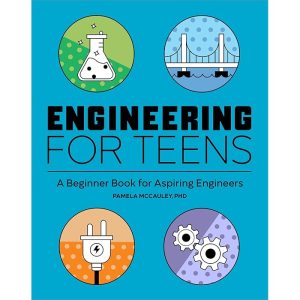




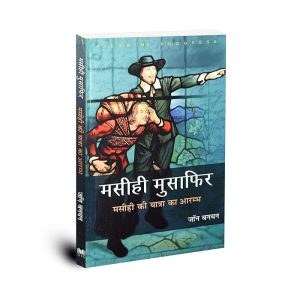





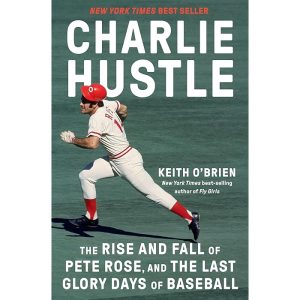

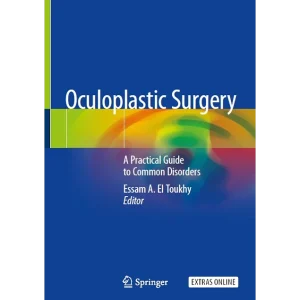




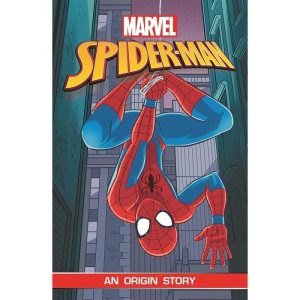
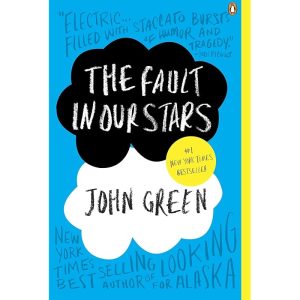








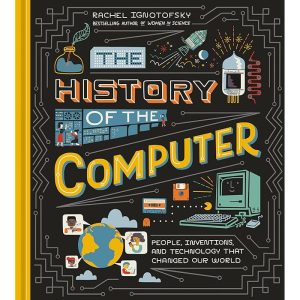


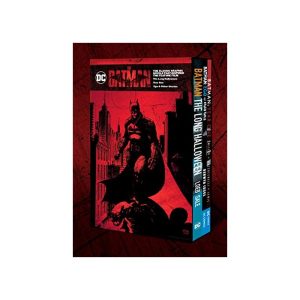
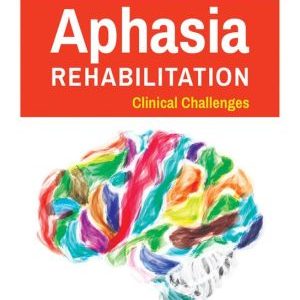

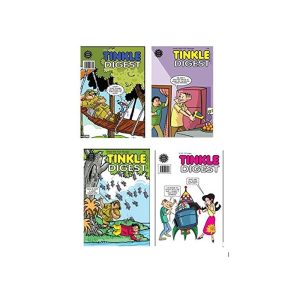

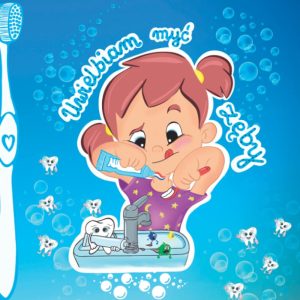




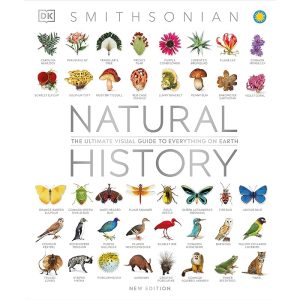




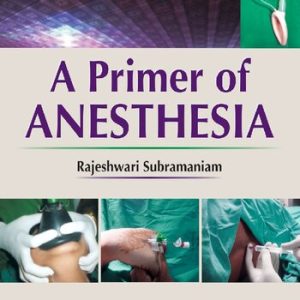
Reviews
There are no reviews yet.